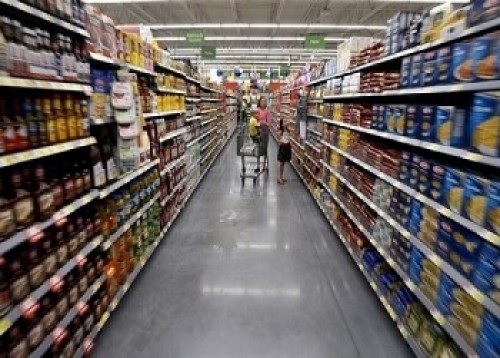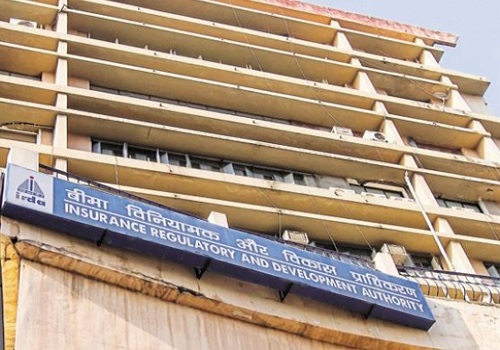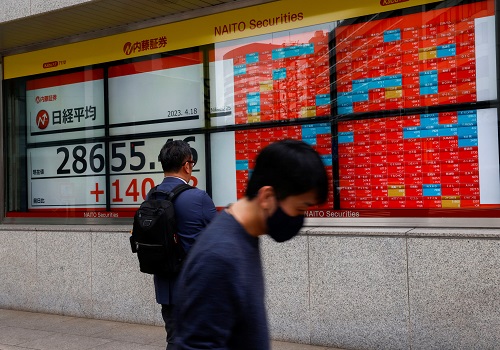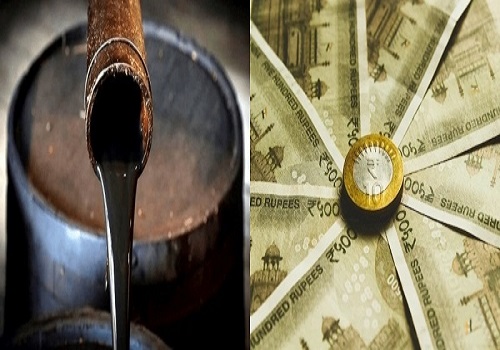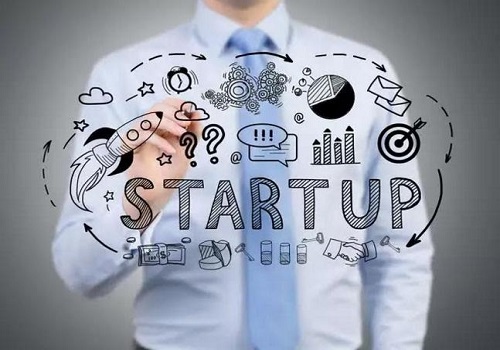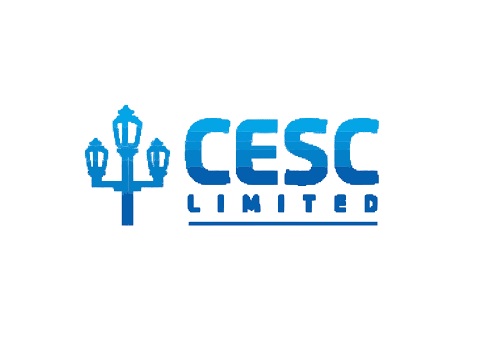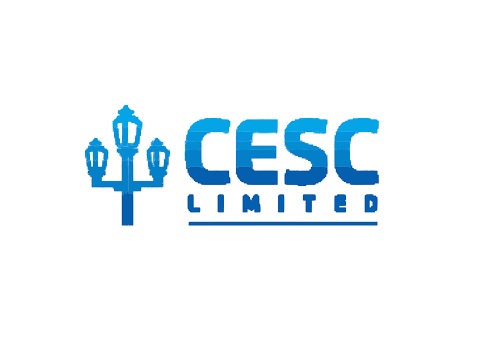Oil and Gas Sector Update - PM Modi commits to bringing gas under GST, but more clarity awaited By Emkay Global
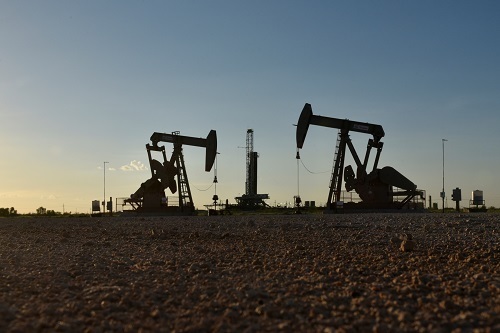
Follow us Now on Telegram ! Get daily 10 - 12 important updates on Business, Finance and Investment. Join our Telegram Channel
https://t.me/InvestmentGuruIndiacom
Download Telegram App before Joining the Channel
PM Modi commits to bringing gas under GST, but more clarity awaited
* Prime Minister Modi yesterday stated centre trying to eliminate the cascading effect of different taxes on gas across states to reduce cost and increase usage. He further committed to bringing natural gas under the GST regime.
* While the ruling NDA Govt including Petroleum Minister Pradhan have been vocal in supporting gas under GST, there has been significant delays in forming consensus among states in the GST Council. States like Gujarat earns Rs25bn of annual VAT from gas.
* While PM’s statement adds credibility, we did not anticipate the sharp up move of gas stocks today. We note that clarity relating to GST rate, estimation of input tax credit among gas players and B2B customers and whether same will be retained or passed is lacking.
* In our coverage universe, we roughly estimate 3-9% EPS impact from potential ITC benefit. Effective taxation in gas centers like Delhi/Maharashtra/Gujarat is 14.4/27.9/29.4% for CNG and 0/13.5/6-15% for piped gas, hence the final rate would determine price action.
GST rate key to price action, Delhi with minimum effective tax to see price hikes:
Currently VAT rate in major gas centers like Delhi/Maharashtra/Gujarat/UP is 0/13.5/15.0/10.0% for piped gas while for CNG union excise of 14.42% is imposed. The GST rate which fixed hence would determine the pricing action, whether hike or cut. Delhi with minimum taxation would see RSP hikes while for others 18-28% range would be neutral to positive on CNG and PNG segments respectively. Overall, due to high autofuel prices, CNG prices can easily be raised. Domestic PNG also being a sticky segment would not be affected. In case of GGL’s non Morbi customers, currently FO is 16% cheaper to industrial (non MGO) PNG despite 18% GST vs 6% rebated VAT respectively. Hence, price for the B2B customers would go up, which would however be passed on to retail customers. Any change in prices incl. cuts due to GST has to be passed on as per non profiteering clause.
Our rough cut ITC benefit estimate implies 3-9% EPS impact among companies:
The input tax credit (ITC) benefit is a more tangible positive as same has been a burden and with convergence of tax regimes, same can be recovered. For B2B customers, any rate hike can be recovered despite increase in final prices subject to selling product GST collection being sufficient. For industrial customers in Gujarat, hence the 6% rate currently being absorbed can be recovered. In case of gas companies, for CGD and upstream, opex involves GST payments which can be recovered from gas sales under GST regime. In case of GAIL, petchem and LPG segments where feed gas is charged VAT, would now see recovery. For GAIL, it is difficult to compute considering the interstate and point of sale treatment for different types of gas like US LNG, Qatargas LNG and APM. As per our rough cut calculations using opex and COGS for CGD-upstream and GAIL respectively, positive EPS impact from ITC 7% each on IGL/Gujarat Gas (Rs1.5/1.4bn EBITDA impact), while for ONGC/Oil India it is 3%/7% (Rs7.7/1.1bn) and GAIL 9% (Rs6.8bn), though assuming 15% VAT which is not clear as of now. As per company checks, IGL/GGL has indicated Rs1.5bn/600mn annual impact while others have not computed for the lack of clarity.
To Read Complete Report & Disclaimer Click Here
For More Emkay Global Financial Services Ltd Disclaimer http://www.emkayglobal.com/Uploads/disclaimer.pdf & SEBI Registration number is INH000000354
Above views are of the author and not of the website kindly read disclaimer
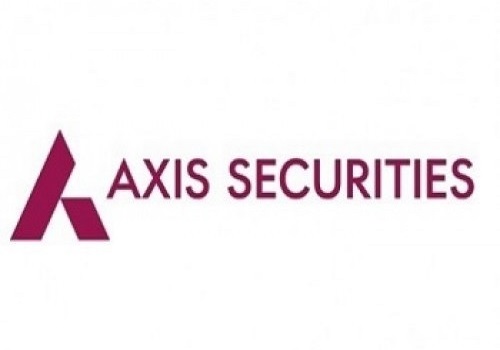




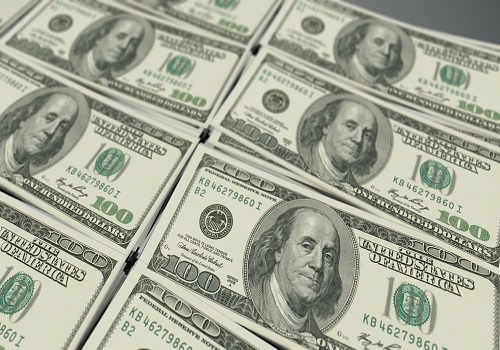
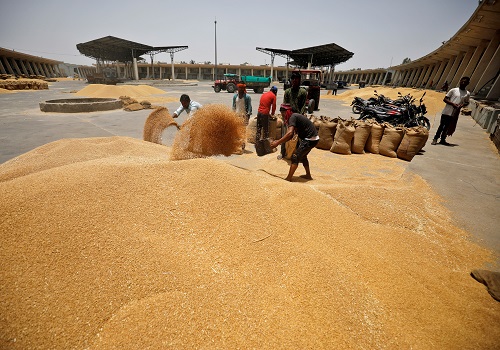
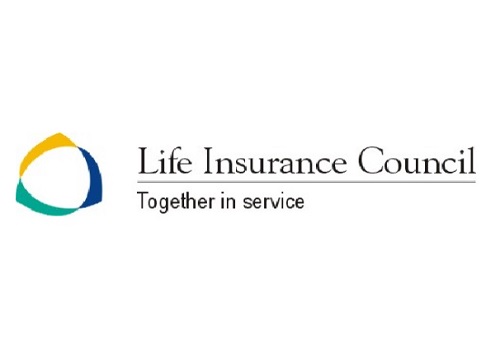
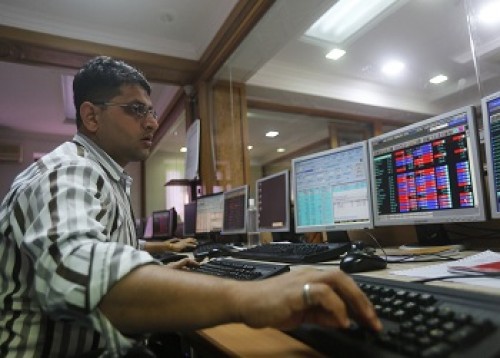

Tag News

Insurance Sector Update : Life New Business ? Aug-23: Robust growth for the private sector B...
More News
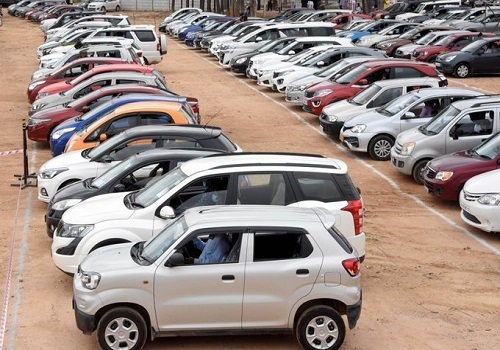
Automobiles Sector Update : OEMs: ASP and margin to improve By Elara Capital
